Printed electronics embedded in a paper created loudspeaker with 360° surround sound.
Institute for Print and Media Technology at Chemnitz University of Technology has further revolutionized the printing of paper loudspeakers.
The aim of their latest project, roll-to-roll printed speaker paper (T-Paper for short), was therefore to convert sheet production into roll production.
“Researchers from the fields of print media technology, chemistry, physics, acoustics, electrical engineering, and economics from six nations developed a continuous, highly productive, and reliable roll production of loudspeaker webs,” reports project manager Georg C. Schmidt.
Not only did they use the roll-to-roll (R2R) printing process for this, but they also developed inline technologies for other process steps, such as the lamination of functional layers.
“This allows electronics to be embedded in the paper – invisibly and protected,” says Hübler. In addition, he says, inline polarization of piezoelectric polymer layers has been achieved for the first time and complete inline process monitoring of the printed functional layers is possible. The final project results were published in the renowned journal Advanced Materials in January 2021.
The German government funded the project with around 1.4 million euros.
Above image: Printed speakers create surprising jungle illusion. Varvara Bachul from the Institute of Print and Media Technology at Chemnitz University of Technology analyzes the sound generated inside the T-RING. Photo: Jacob Müller
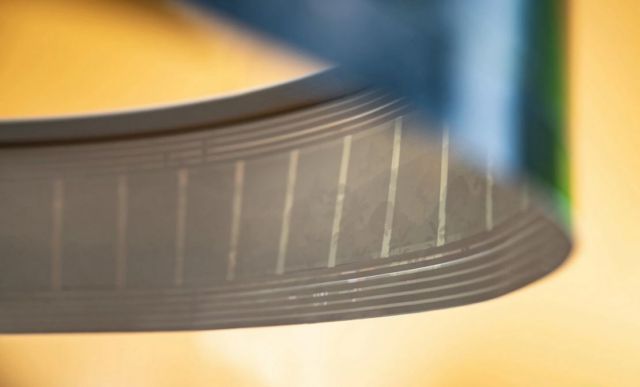 The sounds come from 56 printed individual loudspeakers that are connected to form seven segments on the circular track, which is almost four meters long. Photo: Jacob Müller
The sounds come from 56 printed individual loudspeakers that are connected to form seven segments on the circular track, which is almost four meters long. Photo: Jacob Müller
“The T-Book was and is a milestone in the development of printed electronics, but development is continuing all the time,” says Prof. Dr. Arved C. Hübler, under whose leadership this technology trend, which is becoming increasingly important worldwide, has been driven forward for more than 20 years.
Results now published in the renowned journal Advanced Materials.
source Chemnitz University of Technology

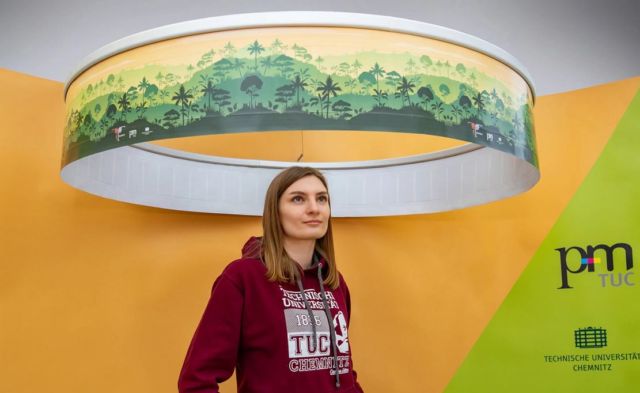
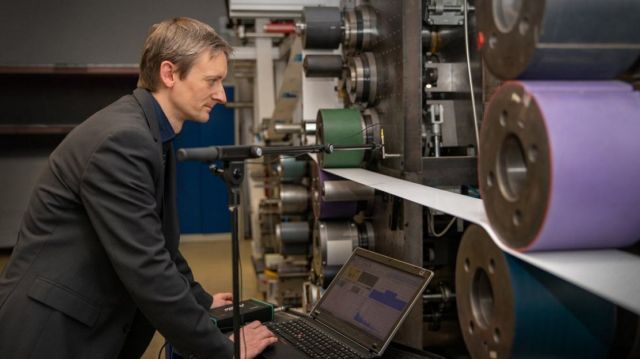
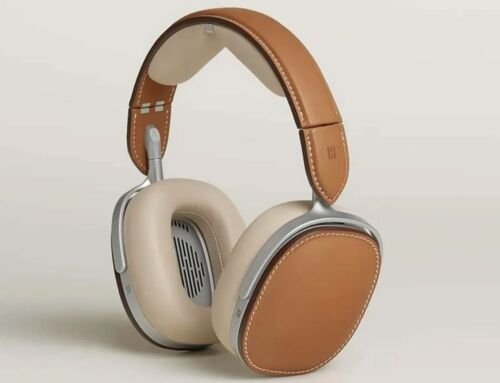


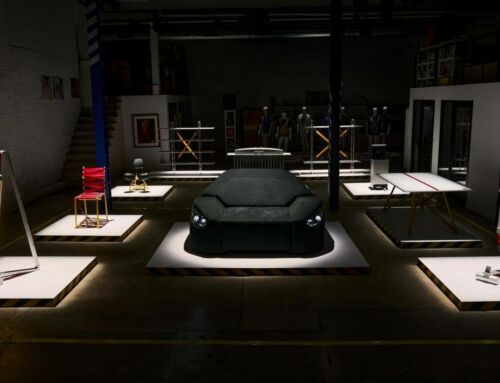
Leave A Comment